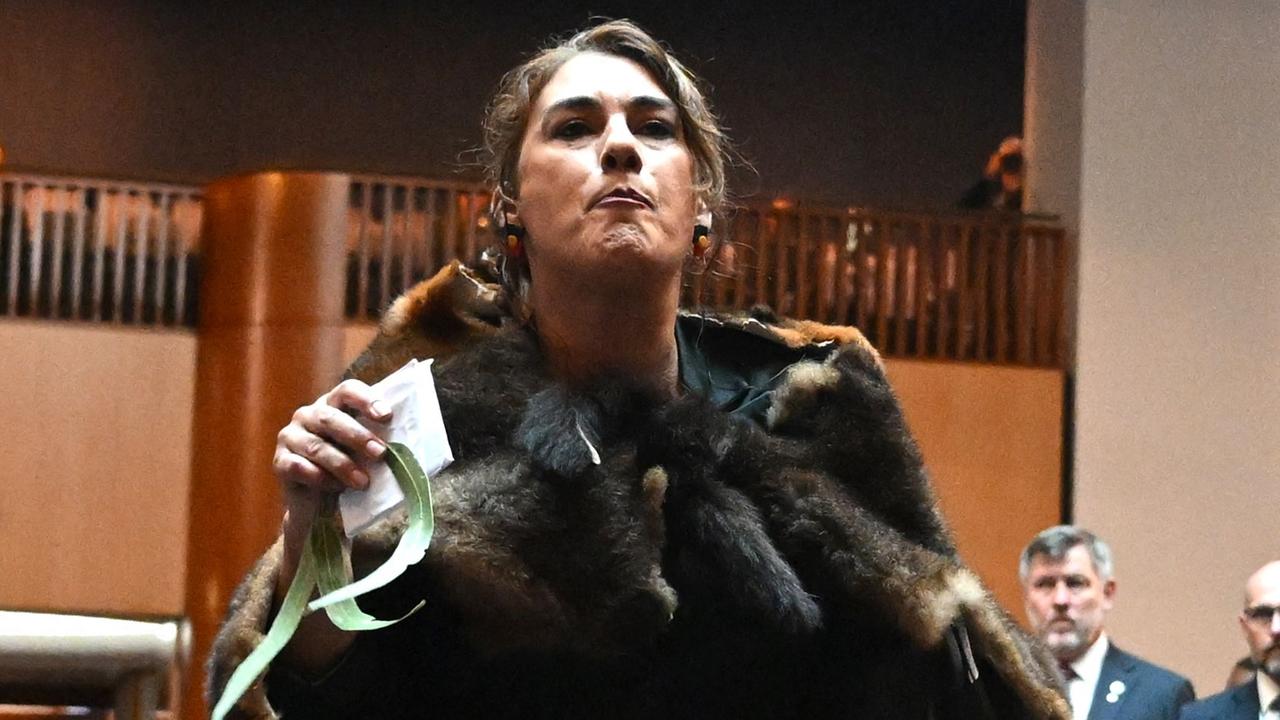Women’s homelessness crisis worsens with new statistics
Thousands more Australians have become homeless in recent years, with one cohort making up the majority of people without housing.
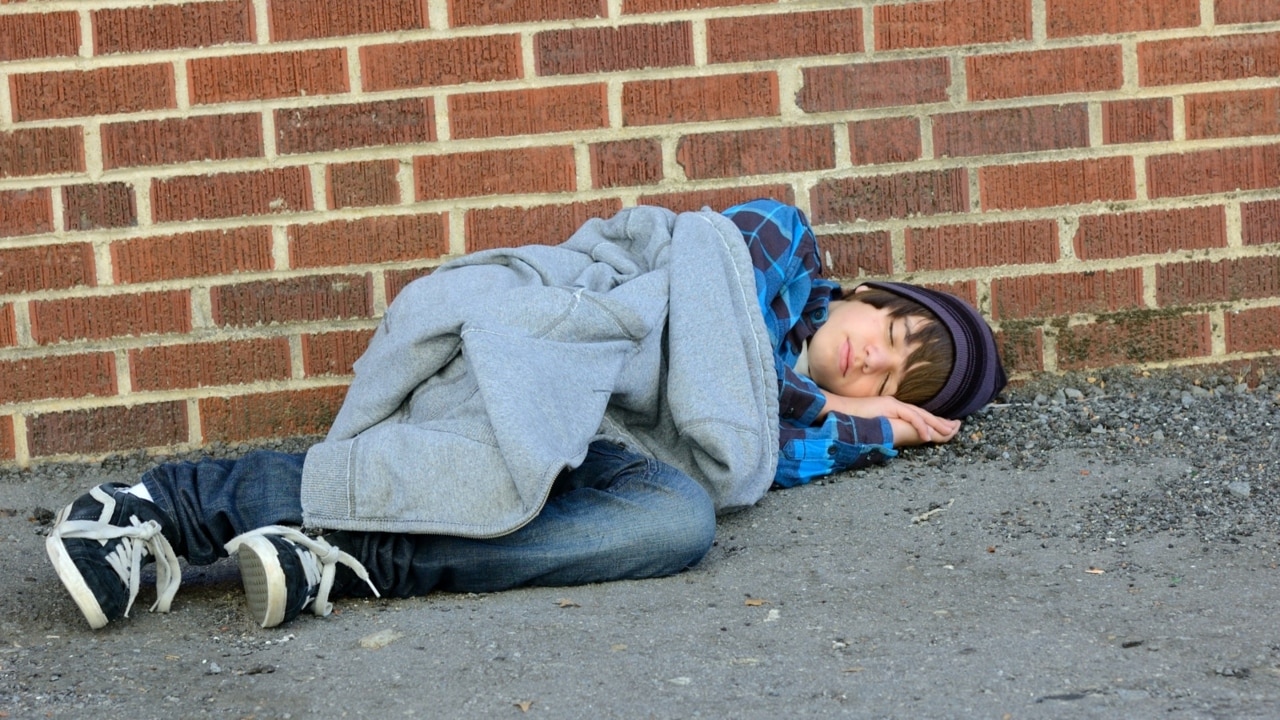
The number of Australians affected by homelessness has jumped, according to new statistics, with warnings the situation is much worse than initially thought.
There were 122,494 people estimated to be experiencing homelessness when the 2021 census was taken, an increase of 5.2 per cent or 6067 people from 2016, according to the Australian Bureau of Statistics.
The latest statistics reflect how homelessness is much more widespread than people realise, according to Lucas Patchett, chief executive of homeless charity Orange Sky, which provides shower and laundry services to those in need.
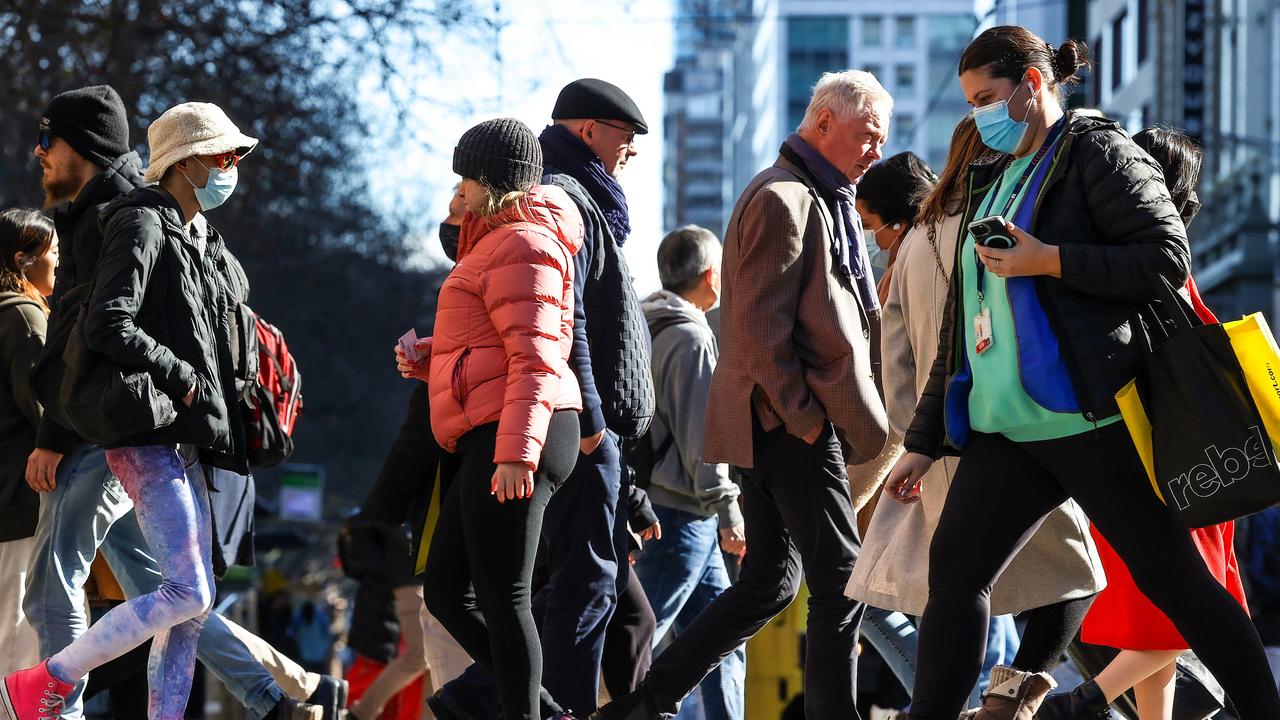
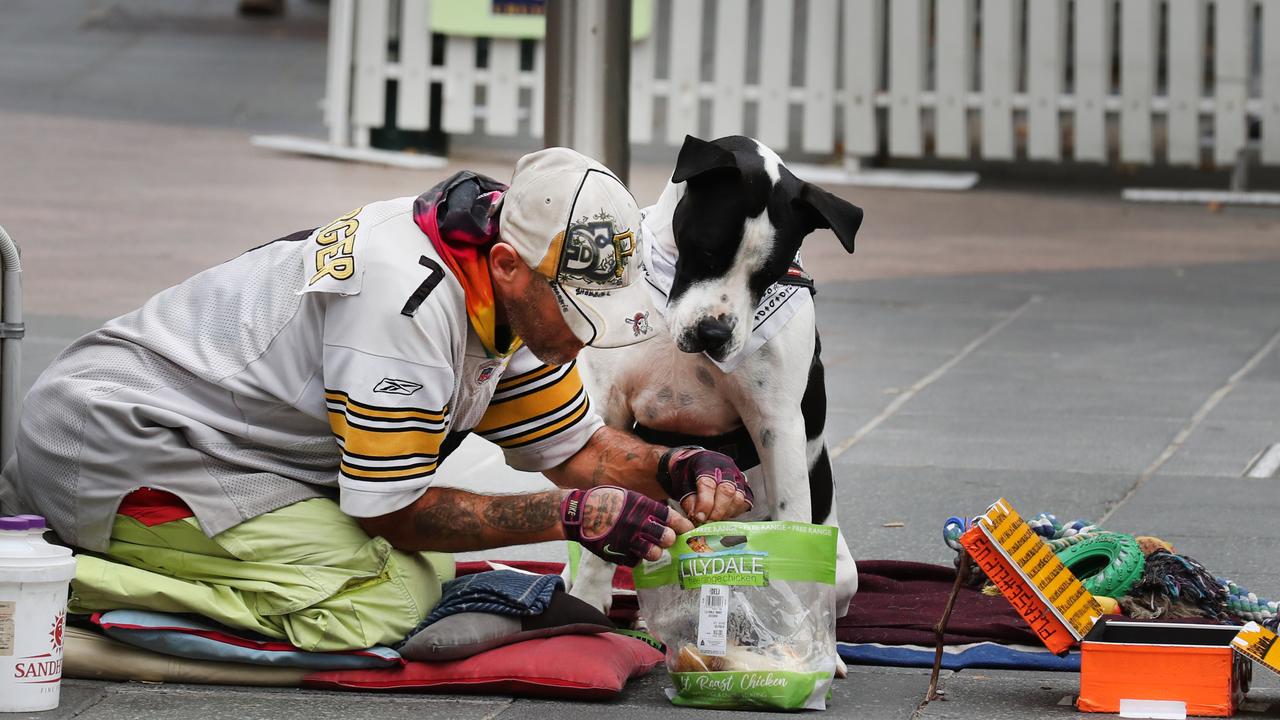
Women make up 53,974 of Australia’s homeless population, an increase of 10.1 per cent or nearly 5000 from the 2016 Census.
Women accounted for 81.7 per cent of the increase in people experiencing homelessness in 2021.
By comparison the number of men experiencing homelessness increased by only 1.6 per cent.
“I don’t think anyone should be in that situation in this country, so it’s really sad but we’re also not totally shocked out of what we’re seeing on the streets and obviously the census was 18-odd months ago and so much has changed since then,” he said.
Mr Patchett said demand for Orange Sky’s services had only surged since the census was recorded in 2021, with a 38 per cent increase in demand in the regions and 13 per cent in metro areas.
“We’ve done over 100,000 loads of washing, over 10,000 showers and 120,000 hours of conversations, so huge amounts of activity,” he said.
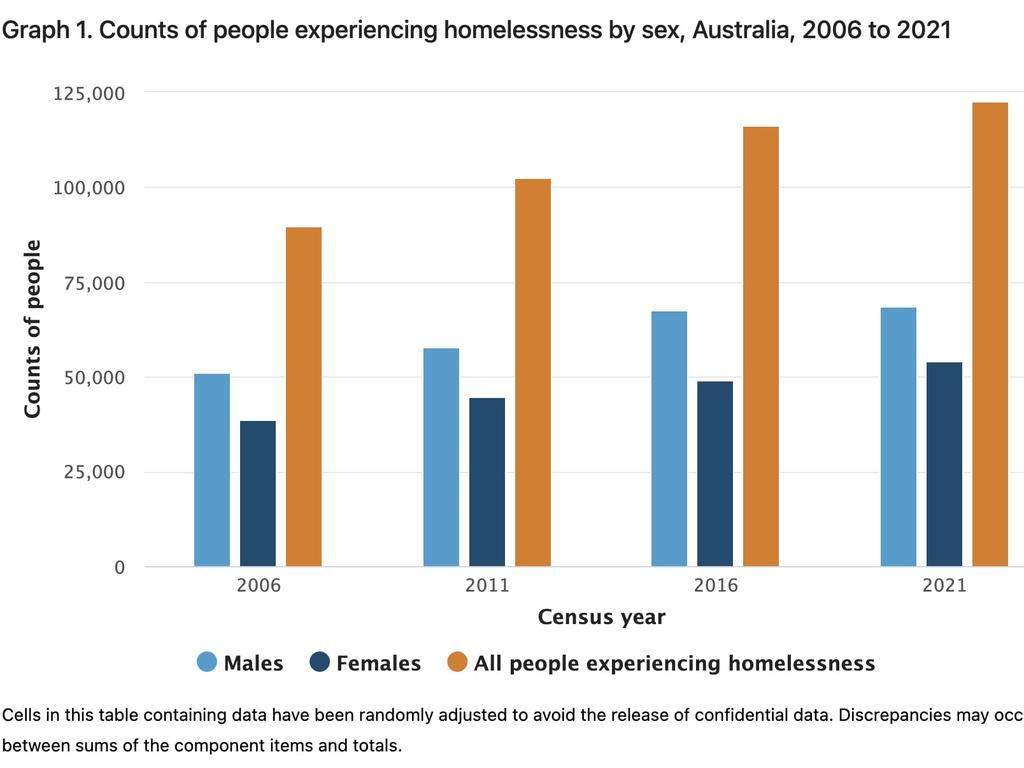
Mission Australia chief executive Sharon Callister blamed the rise in the number of homeless people in Australia on a lack of affordable housing.
“The severe shortage of social and affordable housing, a private rental market that is extremely unaffordable across metro and regional Australia and soaring cost of living are accelerating Australia’s housing and homelessness crisis,” she said.
“Behind these numbers are thousands of men, women and children who are living in the most precarious situations, forced to sleep in severely overcrowded dwellings, on a couch at a friend’s house, or even one of the six per cent who are rough sleeping on the street or in a car.”
The varying forms of homelessness were also recorded by the ABS on census night, with the number of people living in improvised dwellings or on the street decreasing while the number of those in temporary accommodation increased.
One in five people lived in supported accommodation, an increase of 14.4 per cent while one in six lived in boarding houses, an increase of 26.5 per cent.
There was a 6.9 per cent decrease in people living in improvised dwellings, tents or sleeping out on the street.
“The decrease in people living in improvised dwellings, tents or sleeping out and the increase in people in other temporary lodgings may be partly associated with measures put in place by local and state governments in response to Covid-19,” the ABS said.
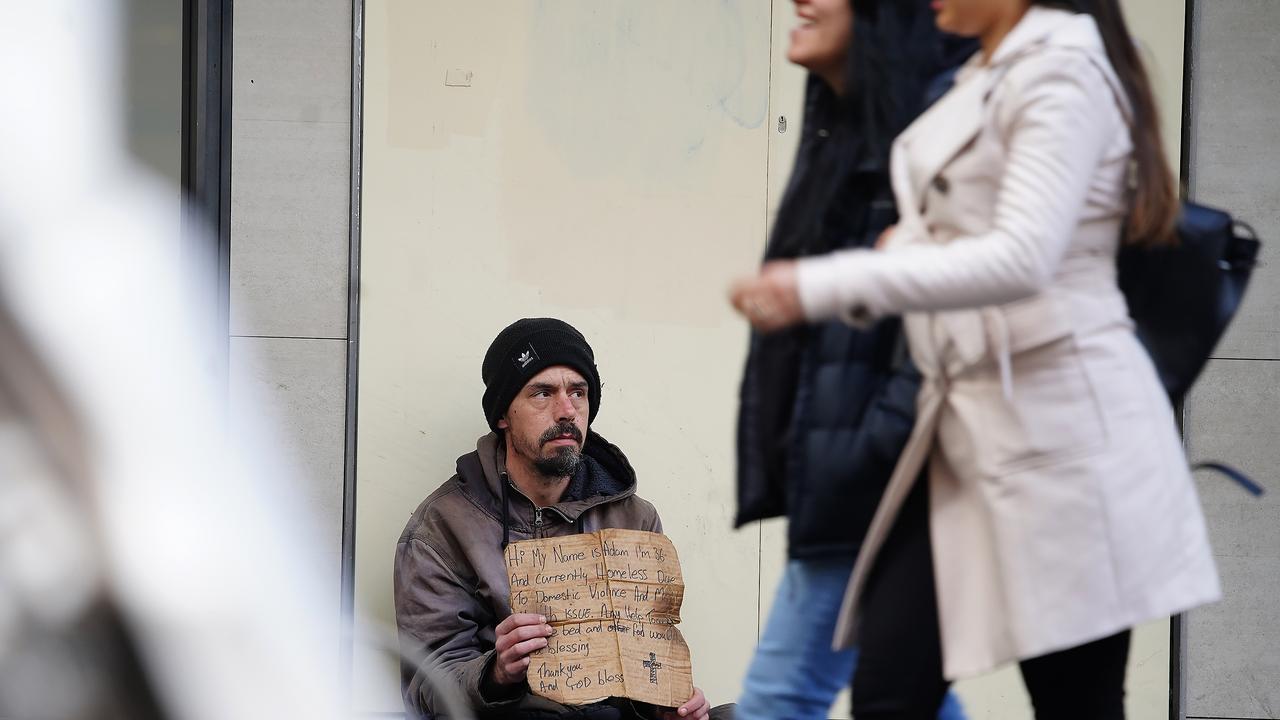
Mr Pattchet said the statistics reflected that anyone could be affected by homelessness in Australia.
“It’s not just that stereotypical person you might walk past on your walk from the train station to work,” he said.
“It’s actually people that are couchsurfing, people sleeping in cars, people that are in crisis accommodation or people in short-term accommodation.
“More and more through cost of living we’re seeing people that have a roof over their head and aren’t even in those crisis accommodation systems that are struggling so I think it goes beyond homelessness.”
Australia needs a “far greater commitment from governments” to build new social and affordable homes to meet a “stark” shortfall, Ms Callister said.
“Australia’s homelessness crisis has been exacerbated by the long-term absence of a serious and sizeable commitment to building new social and affordable homes,” she said.
“To house those who are in need, a recent government review calculated we need 891,000 new social and affordable dwellings across Australia within 20 years, at a cost of $290 billion.”
Those aged 12-24 represented nearly one quarter (23 per cent) of all people experiencing homelessness in 2021.
The rate of young women experiencing homelessness increased from 70 people per 10,000 in 2021, up from 68 in 2016.


